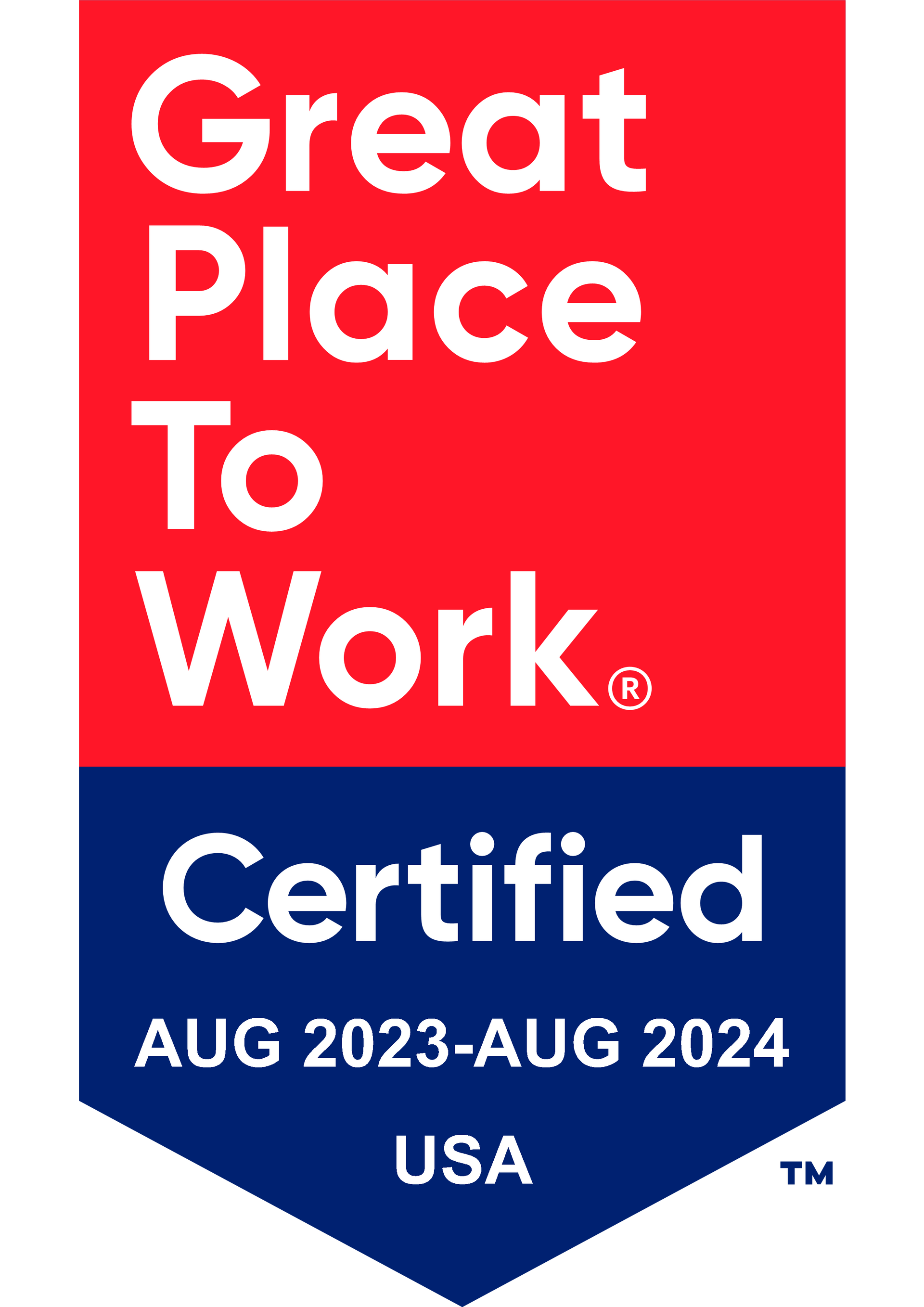Get in touch
408-366-8880
mymail@mailservice.com

What is a Captive Insurance Company?
Has your organization brought up the possibility of joining a captive insurance company? Perhaps your executive team wants to hear about options from you and your HR staff, but you need more information. Are you asking questions like “what is a captive insurance company” or “why do businesses opt for captive insurance?” Read on below to get your most pertinent questions answered.
WHAT IS A CAPTIVE INSURANCE COMPANY?
Captive insurance companies are typically described as insurers that are wholly owned and controlled by their insured members. The primary purpose of this structure is to provide insurance for the risks taken on by the captive insurance company's owners, while its insureds benefit from the captive insurer’s underwriting profits.
Some insurance experts in the industry refer to captive insurance as a form of corporate “self-insurance,” according to Investopedia. While there are certain distinct financial benefits to creating a separate entity to provide insurance services, the parent company is still responsible for overhead and administrative costs, so it is still interwoven into the fabric of the business to a great degree.
Also, the self-insurance aspects of captive insurance should not be confused with self-funding, which is essentially a healthcare plan that occurs when the employer assumes the financial risk for providing healthcare benefits to its employees.

WHAT IS THE DIFFERENCE BETWEEN A CAPTIVE INSURANCE COMPANY AND A MUTUAL INSURANCE COMPANY?
While the insurers control a captive insurance company, a mutual insurance company's owner is its policyholders. However, no single person who is a mutual insurance company's policyholder has any absolute authority to exercise control over the company.
In a mutual insurance company, a policyholder may be asked or allowed to vote on matters that require policyholder response or action. However, in reality, this scenario usually means the policyholder is presented with a proxy before receiving advisement from the board of directors on how to exercise their vote.
Once that insurance policy ends, so also does any semblance of the policyholder’s ownership status, since he or she has not invested any assets in the insurance company and plays no role in actively participating in it.
WHOSE CAPITAL IS AT RISK WITH CAPTIVE INSURANCE PROGRAMS?
Any time an insured purchases captive risk insurance, they must be willing to invest their own resources. While the insured has ownership in the company, it also benefits from its own profits and profitability.

WHY DO BUSINESSES CHOOSE THE CAPTIVE ROUTE?
While more traditionally chosen by large corporations to provide coverage where insurance was unavailable or unreasonably priced, smaller, and closely held businesses have started to follow suit.
These smart, smaller businesses have learned that captive insurance entities offer significant benefits, such as:
- Attractive risk management considerations and the achievement of risk financing objectives
- Enticing tax planning opportunities
- Insureds’ willingness to put their own capital at risk in creating their own insurance company
- Working outside the commercial insurance structure and marketplace

HOW DO CAPTIVES OFFER MORE VALUE TO BUSINESSES OF ALL SIZES?
The independent health insurance captive is created and owned by at least one non-insurance company to assume the risks associated with employee benefits. This type of insurance strategy offers the premier goal of cost containment to tackle benefit planning.
There are additional ways that captives provide value that all types and sizes of businesses may experience, such as:
BETTER CONTROL OVER COSTS
Captives offer employers the ability to budget medical spending similarly to the way they manage other organizational expenses. Captives offer business leaders a strategy to take better control of benefits costs.
RECEIVE THE RETURNS AVAILABLE FROM UNDERWRITING PROFITS
Businesses that participate in captive insurance programs often have the opportunity to benefit from underwriting profits. In effect, businesses receive rewards for facilitating a positive claims experience.
Compare this experience to a standard reinsurance contract, which often requires premiums paid into the plan and all risk and reward revert to the insurance company. This leaves the employer entirely out of the running for positive gains in the process.
SUPERIOR PROTECTION OVER FULLY SELF-FUNDED INSURANCE PROGRAMS
Medical costs easily skyrocket out of control, making the costs and risks too high to make fully self-funded insurance plans a reliable option for most employers. By adding a captive layer, employers can compromise by adding a reinsurer, or stop-loss carrier, to a self-funded health plan.
With this captive element, an extra layer exists between the self-insured employer and the stop-loss carrier, allowing for the high-cost claim risk to spread over all member companies.
IMPROVE RISK MANAGEMENT
In a captive insurance program, companies can design the program to allow them to pay the costs they choose. Such control prevents random fluctuations commonly associated with the insurance market. Instead, with the captive plan, businesses gain a fully transparent view of risks and claims and manage them best.

FORMING A CAPTIVE TAKES TIME, SO START PLANNING EARLY
If your organization is considering joining a captive, keep in mind that the formation of a captive insurance company can be a lengthy process. This includes performing feasibility studies, determining domicile state or region, conducting financial projections, and finally preparing and submitting the application for an insurance license.
Many times, the decision to go captive depends on each business’s goals and incentives. For large businesses, the incentive often involves increasing premiums and earning profits, while smaller companies may focus on controlling costs and helping employees make the best possible healthcare decisions, according to their current health and finances.
CREATE A CAPTIVE PLAN WITH KBI
It’s important that you take the time to weigh all the benefits for your organization and employees. Furthermore, to ensure you are creating the right plan for your company’s unique needs, reach out to a professional benefits firm you can trust for additional insights. Our insurance experts at KBI Benefits can help!
If you are ready to explore our insurance plans, contact us today by submitting our online contact form or calling us at 408.366.8880. We look forward to working with you!
Services
Latest Thinking




